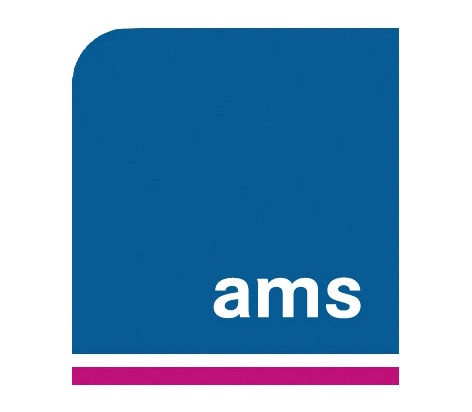When/why/how to set up a PAYE scheme in your limited company#AskAMS
The vast majority of businesses, once they reach a certain size, operate as a limited company and at some point usually consider whether to set up a company payroll (by registering with HMRC for a PAYE scheme).
There are two reasons why a company would set up a payroll:
Firstly, and rather obviously, because it may have employees;
And secondly, because although there may be no employees, it is generally tax efficient for owner/directors to take a small salary from their company (and then take further cash out as dividends).
Typically, the most tax efficient salary for an owner/director is the annual Upper Earnings Limit for Primary National Insurance (£9,500 for 2020/21). This is because no income tax is charged because the Personal Allowance (tax-free income) (£12,500 for 2020/21) covers it, no Employee’s National insurance is charged, and only a small amount of Employer’s National insurance arises (13.8% of the salary above £8,788 (2020/21) – so £98). And one big advantage of a salary at this level is that you get a Qualifying Year towards your State Pension.
Because the salary reduces the company’s taxable profits, the Employer’s National Insurance charged is more than made up for by the Corporation Tax saved of £1,823 (19% x (£9,500+£98)).
But, any salary above £9,500 has National Insurance applied at 12% + 13.8% = 25.8% – which is why, at that point, owner/directors generally fix their salary at about £9,500 and start taking dividends which, although they are taxed, do avoid National Insurance.
Find out more HERE!






















